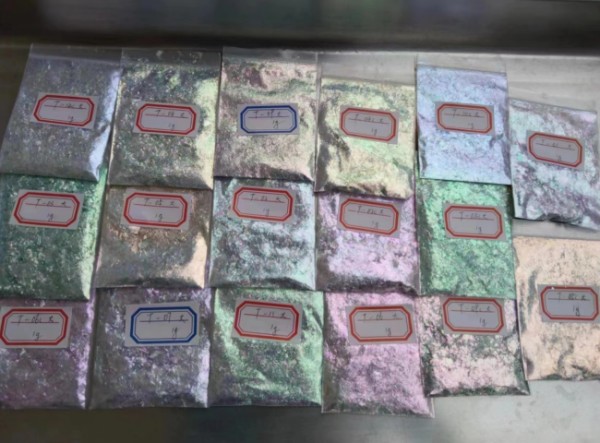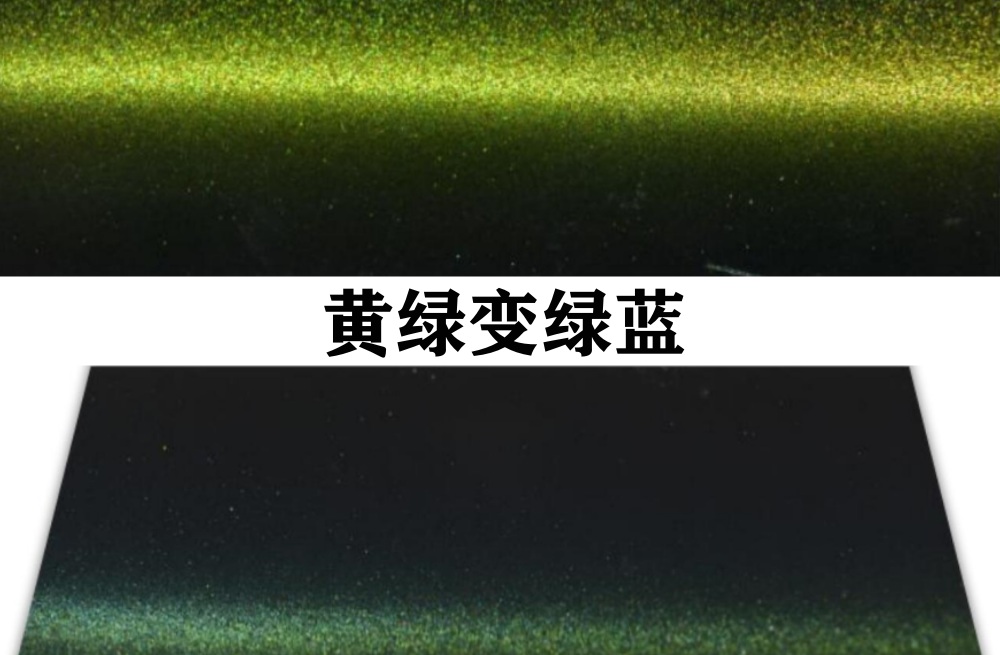When using fluorescent ink for printing, patterns with large color differences may have a defect called white spots. In this case, it is necessary to perform defect handling. For example, when printing large areas, yellow fluorescent ink is used for patterns containing black text, and defect handling is required for the colored parts other than the black text. The specific range of the white spot correction is determined by the thickness of the strokes of the text to be processed and the area of ink deposition of the fluorescent ink in the pattern, which is generally between 0.015-0.025mm. For patterns with wider lines and more ink deposition, a larger value of white spot correction can be applied, which does not affect the overall color effect. However, for more delicate patterns and lighter strokes of text, it is necessary to control the correction to below 0.020mm to prevent distortion of the overall pattern.
Due to the wide application of fluorescent ink and the advancement of technology, multi-color fluorescent ink printing is becoming more and more common. In order to achieve better color effects for printed products, it is necessary to arrange the ink colors accurately during printing. Colored fluorescent inks should not be mixed with other inks, and should be strictly separated during printing. If a five-color printing machine is used, colored fluorescent ink and the other four inks can be printed together at once, but it should be noted that the colored fluorescent ink should be printed last to avoid being covered by other inks and losing its characteristics. If a four-color printing machine is used, the four basic colors should be printed first and allowed to dry before printing the colored fluorescent ink.
HiBlueStar
电话:15050450799(微信同号)
© HiBlueStar Sitemap





